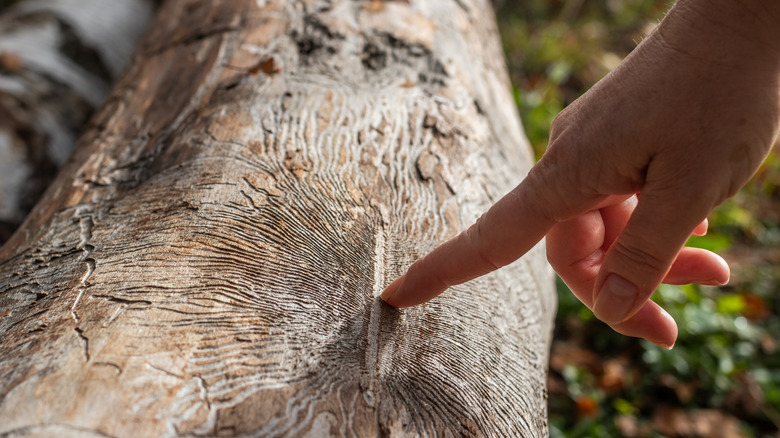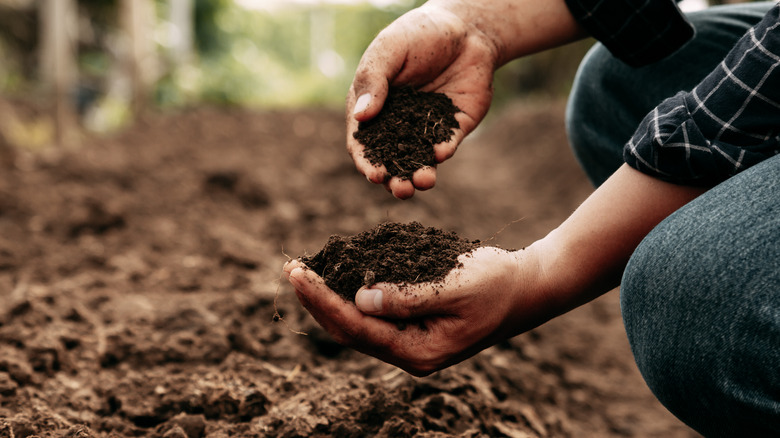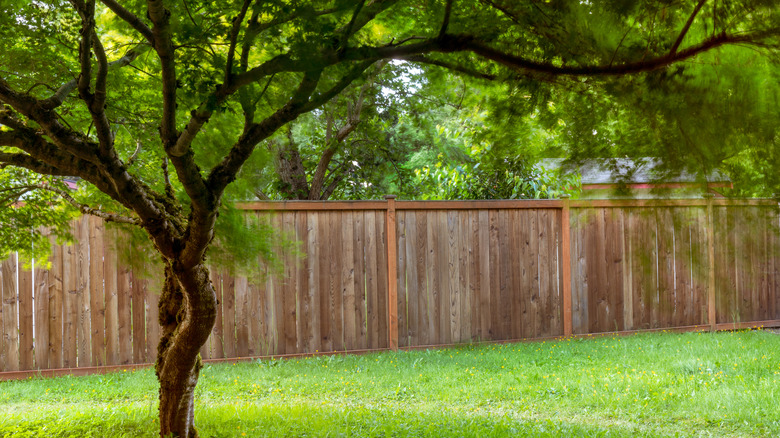Our Best Tips For Salvaging The Stressed Trees In Your Yard
As a homeowner, you want to take care of your property, which includes the plants that call the yard home. If you notice that the trees in your yard are not looking as vibrant as they once did, there is a possibility that they could be stressed. Tree stress describes the physical changes that a tree undergoes when it has been damaged by human activities or natural causes. Some more obvious signs of tree stress include cracks in your tree, fungi growth around a tree's base, lack of leaves or uneven leaf distribution, leaves that prematurely change colors, brown or yellow leaves post-drought, or spotted leaves following a rainy stretch.
While stress in trees manifests in a wide variety of symptoms, the causes can be a little more difficult to understand. It also can take some time for trees to exhibit negative health symptoms because of how they grow. For example, symptoms of drought damage may be delayed until a year or two after the dry period. Similarly, protruding tree roots in your yard may only show themselves after long periods of soil erosion have forced the roots upwards. This means that digging into the causes of your trees' stress may require a bit of sleuthing.
Look down at the ground
Soil health, as well as how much room a tree's roots have to spread, will influence a tree's stress levels. Poor soil may be overly compacted, dry, alkaline or acidic, soggy even after the rain has passed, eroded, or void of organic matter. Most of these signs are detectable with plain observation, but a suspected imbalance in alkalinity or acidity will require you to measure your soil's pH. Here's a hint: most trees thrive in soil with a 6 to 7.5 pH. You can raise or lower the pH of your yard's soil by adding compounds such as dolomite lime or sulfur respectively. It may be best to contact a qualified expert to help you address pH imbalances (at a minimum, digging into online resources can help prevent the worsening of your soil quality).
If your soil's texture is poor, evidenced by crumbling or perpetual muddiness, adding organic matter can help. This matter can help sandy soils retain more nutrients and water or aid clay soils in superior drainage and increased oxygen flow. You can remedy the soil around an established tree with mulch if you distribute a thick, even layer over the canopy-covered ground area. If your soil lacks adequate oxygen, aeration may be the most helpful approach: using an appropriate tool to make perforations in the soil that will allow for more air and less overall compaction.
Look around at your surroundings
Environmental factors can also significantly negatively impact tree health, especially ones that have already been maimed by poor soil. Both insects and diseases may strike while the iron is hot, so to speak, and take advantage of a tree's compromised state. Destructive insects can include those that will eat portions of the tree's leaves or blossoms (such as caterpillars and beetles), those that will consume the tree's sap (this includes mealybugs, among others), and highly deleterious bark beetles, which will use the tree's exterior protective shell as their feeding and breeding ground, sometimes causing irreparable damage. Contact a professional arborist for the next steps; they can precisely diagnose the problem and recommend a treatment plan promptly. Attracting good insects into your yard may effectively drive away the harmful ones.
Finally, construction sites and pollution can take a huge toll on your trees. Construction in the vicinity of trees can cause increased soil compaction, which is best prevented by roping off the perimeter of your tree's Critical Root Zone; this will keep heavy construction machines and foot traffic away from this vital region. Residing in an area with significant air pollution, such as nitrogen or sulfur, can lead to your tree's demise. Unfortunately, working against poor outdoor air quality is quite an uphill battle — there is only so much you can do — so the steps mentioned above to salvage your stressed trees should take precedence.


